Nakanu-ka
Nature
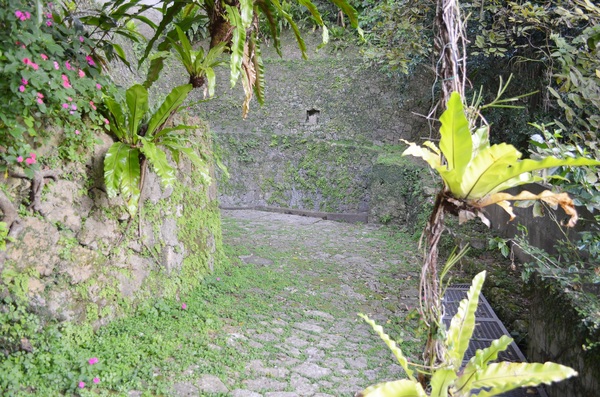

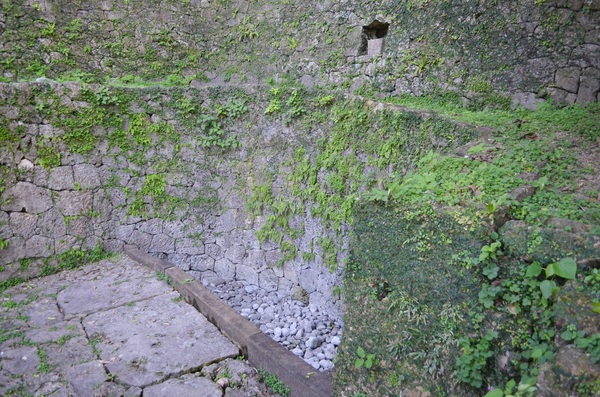
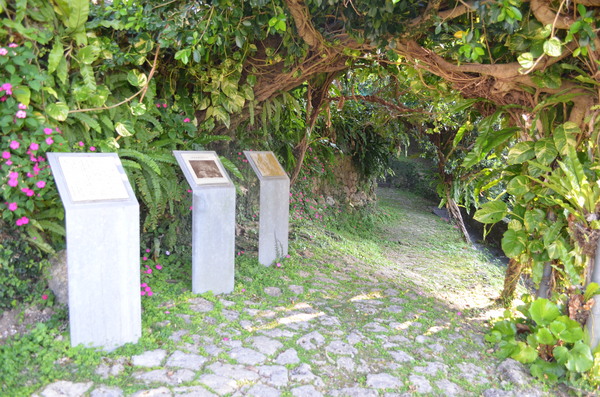
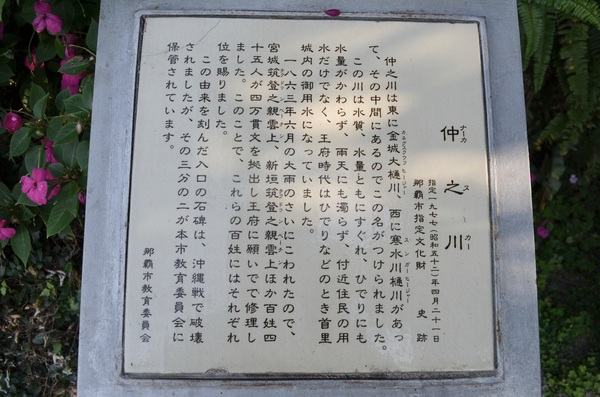
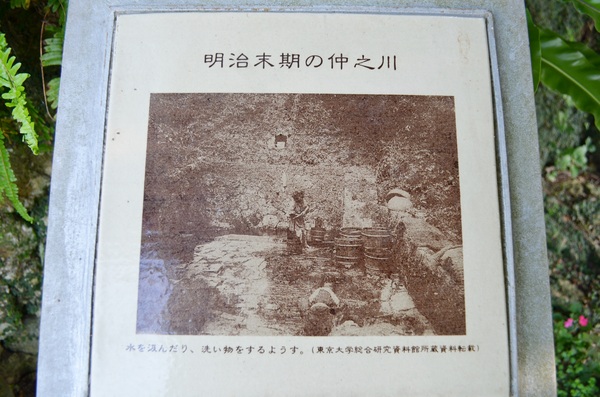
With Kanagusuku Ufu Hija to the east of this well, and with Sunga Hija to the west of this well, they say that it was named Nakanu-ka (middle well) because of its location between the two wells.
Basic information
- Address
- 903-0815 2-11 Kinjo-cho Shuri Naha Okinawa
- TEL
- 098-917-3501 (English is not supported) Municipal cultural property division of Naha city
- Business hours
- Nothing in particular
- Close day
- Nothing in particular
- Charge
- Free
- Parking
- None
- Access information
- Take the "Yui Rail" from Naha Airport. A 19-minute walk from the Shuri station.
By bus (No. 4, or No. 15) A 1-minute walk from the Ishitatami Iriguchi bus stop.
Additional Information
- Academic information
- Cultural property(National designated natural monument)
Designated Date: April 8, 1977
With Kanagusuku Ufu Hija to the east of this well, and with Sunga Hija to the west of this well, they say that it was named Nakanu-ka (middle well) because of its location between the two wells.
The reason why the higher ground has a spring is related to the layer of earth. Ryukyu limestone, which cannot retain water lies in the upper layer and kucha (clay soil), which can retain water in the lower layer. The bottom of the well must have kucha.
According to the inscription on the monument for Nakanu-ka, water that gushes out from the root of the rock has never gotten muddy, even after rain nor it has dried up during drought. People from the other villages came here to fetch the water and it was such a convenient well that was used as the purveyor to Shuri Caslte. In June, 1863, the west stone wall was destroyed, due to heavy rain. The cause of the destruction was the loose ground, and it required a large sum of money to pile them again. When the locals was stumped about the impossibility of its renovation only by their village, the cooperation work and money from Miyagi Chikudun Pechin (lower official) and Arakaki Chikudun Pechin and 45 other people enabled this stone wall to be renovated. The two lower officials were rewarded with higher ranks.
The stone wall is three-tiered, semicircular with “Aikatazumi,” where piles of stones are cut into polygonal shapes prior to fitting.
This is an important historical site to know the relationship between residents and water. - Quote
- Naha Board of Education Cultural Heritage Division (2007) "Naha Cultural Property" Naha Board of Education
